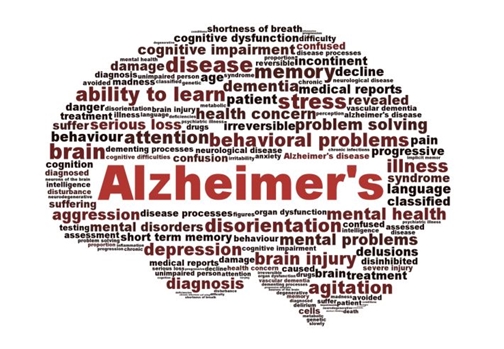
Today we are at that stage where medical science can give a second life to an individual. Extensive research in the field of various types of diseases and their causes, have led to the development of various types of technology and methods which once was just a dream of mankind.
One major hurdle of Medical Science was to find the cure of cancer. For many decades, cancer remained incurable. But with the growth of research, science and technology, certain types of cancer can already be cured. With stem cell therapy, the focus on curing incurable diseases has increased tremendously. Many types of blood disorder, immunodeficiency syndromes and cancers can be cured. Similarly, there is large investment in using stem cell therapy in curing brain diseases like Autism, Cerebral Palsy, Parkinson’s, Alzheimers, etc. In this article, we’ll talk about stem cell therapy for Alzheimer’s Disease.
What is Alzheimer’s Disease?
It is one of the most common causes of dementia which affects nerve cells in different parts of the brain. It is hard to locate the areas where it had affected the brain which is the reason why it’s treatment is very challenging. Let us see if stem cell research can help in finding the cure for this disease in the near future.
What happens in Alzheimer’s Disease?
As stated above it is the most common cause of dementia and it’s signs often include gaps in memory, blackouts and not finding the right words. And the person suffering from it often starts experiencing mood swings, confusion, and severe memory loss.
What are the causes of Alzheimer’s Disease?
The reason for the ailment is still vague, yet scientists have observed that individuals affected by Alzheimer’s Disease have an anomalous form up of specific proteins in the brain. One of these proteins, called amyloid beta, clusters together to form a structure called ‘plaques’. An alternate, known as ‘tau’, gets twisted into protein ‘tangles’. Researchers are now investigating whether these developments in the brain lead to Alzheimer’s. One hypothesis is that plaques do not allow the nerve cells in the brain to communicate properly. Tangles may make it troublesome for the cells to get the supplements they need. It is clear that Alzheimer’s Disease kills nerve cells and many neuron cells are lost in the process. That is why it is also known as neurodegenerative illness.
Stem cell therapy to treat Alzheimer’s Disease
No known successful stem cell research is available to cure Alzheimer’s Disease yet. Various sorts of neurons in all parts of the brain have been influenced by this disease. This represents a complex issue in the event that scientists need to transplant or replace the affected cells. For instance, one methodology may be to transplant neural stem cells into the brain of the patient with the expectation that they would make new, healthy and disease-free neurons.
An alternate conceivable methodology to stem cell treatments may be to utilise certain sorts of stem cells to deliver proteins called neurotrophins to the mind. In the disease-free brain, neurotrophins help the development and survival of neurons, yet in Alzheimer’s patient neurotrophin generation is low. Neural stem cells produce neurotrophins thus may lead to have the cure for this disease.
Presently, scientists are researching on a special type of stem cell called induced pluripotent stem (IPS) cells to study Alzheimer’s Disease. They developed stem cells by reprogramming special skin cells. The ensuing IPS cells can create all types of cells in the body. This implies that they could also create new neural cells and hence can be effectively used in the treatment of Alzheimer’s disease.
One can see that stem cell research holds great potential in curing such complex and incurable diseases and in near future it may help solve all other medical problems.


